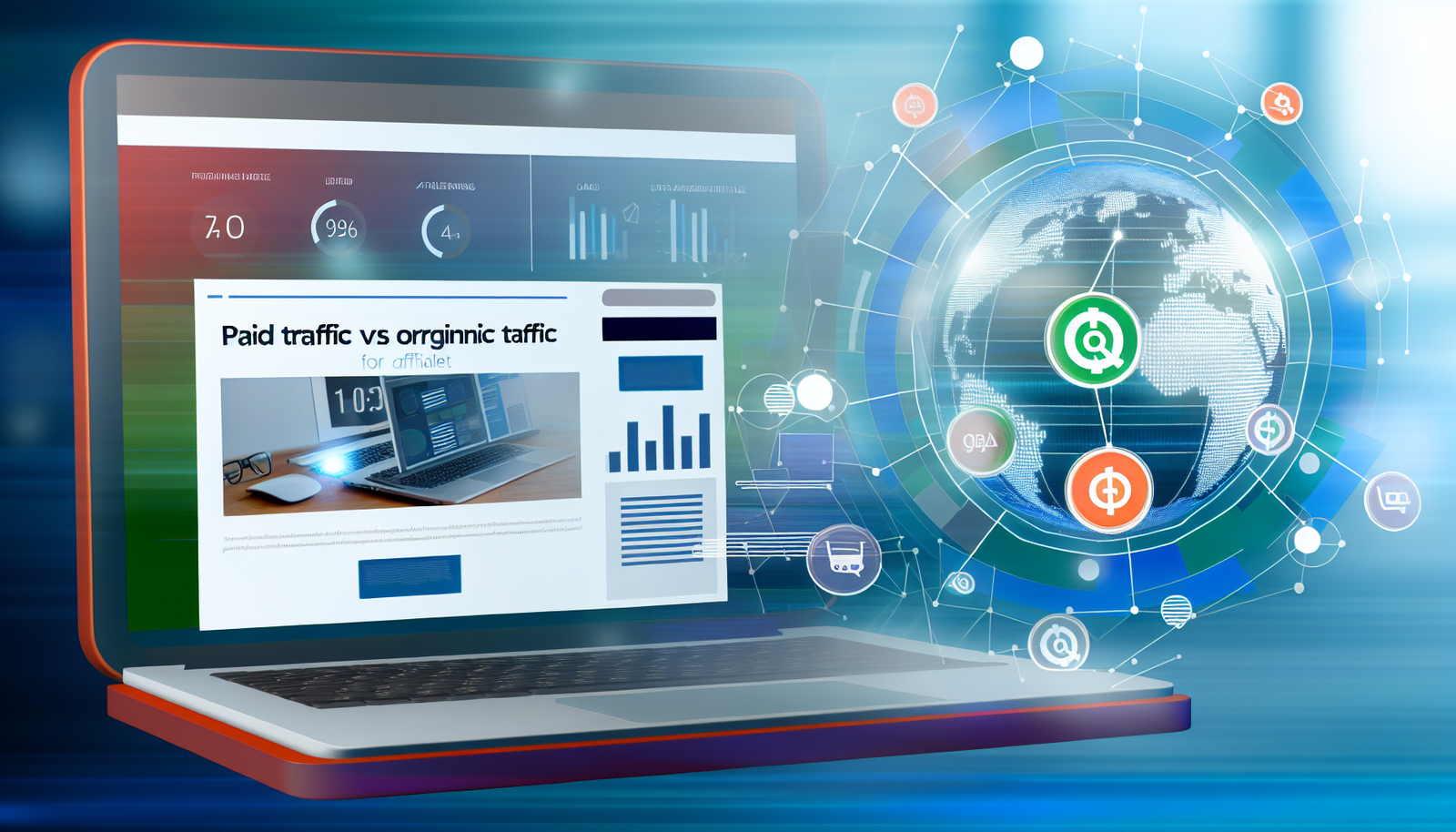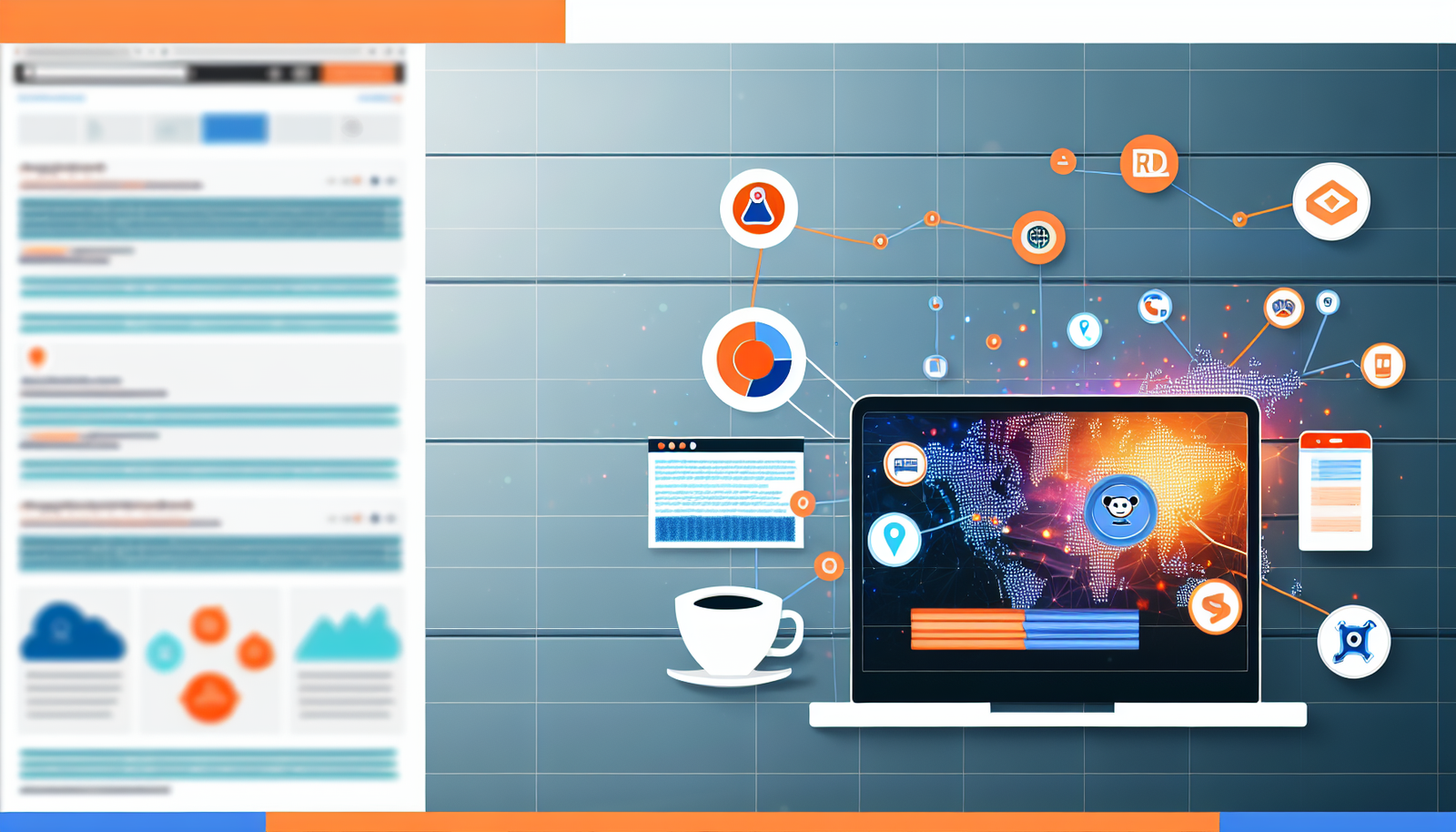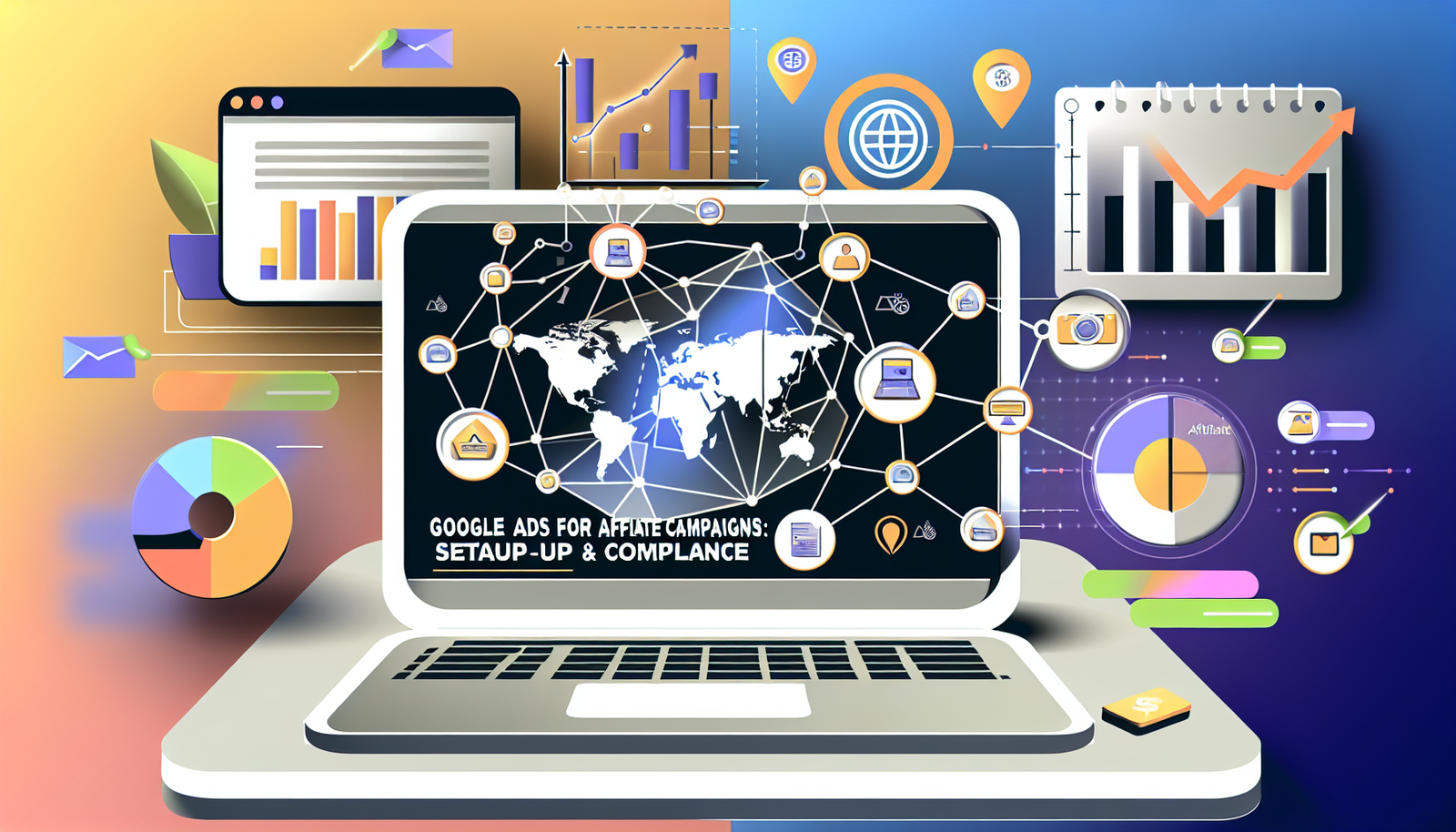
In the dynamic world of affiliate marketing, traffic generation remains the cornerstone of success. As affiliate marketers strive to drive relevant visitors to their sites, the debate between paid traffic and organic traffic continues to spark interest. Both traffic sources offer unique advantages and challenges, making the decision a critical factor in scaling affiliate campaigns effectively. This article delves deep into the nuances of paid vs. organic traffic for affiliate sites, providing up-to-date insights and actionable strategies to help you optimize your marketing efforts for maximum conversions and profitability.
Understanding Paid Traffic and Organic Traffic
Before exploring the intricacies of each traffic source, it’s essential to understand what they represent in the context of affiliate marketing.
What is Paid Traffic?
Paid traffic refers to visitors who arrive at your affiliate site through paid advertising channels. This includes platforms like Google Ads, Facebook Ads, TikTok Ads, and various native advertising networks. Paid traffic offers precise targeting, immediate results, and scalable campaigns, but it requires a budget and careful optimization to maintain profitability.
What is Organic Traffic?
Organic traffic comes from unpaid sources, primarily search engines like Google, Bing, or content marketing where visitors discover your affiliate site naturally. Achieving high organic traffic typically involves deploying search engine optimization (SEO) techniques, creating valuable content, and building authority over time.
Advantages of Paid Traffic for Affiliate Sites
Fast and Measurable Results
- Paid campaigns can be launched quickly, driving immediate traffic to your affiliate offers.
- Robust analytics tools available on platforms like Google Analytics and ad dashboards provide real-time data, allowing marketers to tweak and optimize campaigns instantly.
Precise Audience Targeting
- Advanced targeting options based on demographics, interests, behaviors, and purchase intent let you reach highly relevant audiences.
- Retargeting and lookalike audiences help in maximizing conversions by focusing on warm or similar potential buyers.
Scalability
- With sufficient budget and optimization skills, paid traffic campaigns can be scaled rapidly to increase sales volumes.
- Campaigns can be adapted across multiple platforms to diversify traffic sources.
Challenges of Paid Traffic
- Cost Efficiency: Without proper management, paid campaigns can become costly. The average cost per click (CPC) varies widely depending on niche competitiveness.
- Ad Fatigue: Over time, target audiences may get tired of seeing the same ads, reducing click-through rates (CTR).
- Platform Dependence: Changes in ad policies or competition can impact campaign performance suddenly.
Benefits of Organic Traffic for Affiliate Sites
Long-Term Sustainability
Once your affiliate site ranks well on search engines, it can receive consistent, free traffic for months or even years without continual investment in ads.
Builds Authority and Trust
High-quality content that ranks organically tends to establish you as an authority in your niche, boosting trust among your visitors and increasing conversion rates over time.
Cost-Effectiveness
Though SEO requires investment in content creation and technical optimization, the traffic itself is free. This can lead to higher profit margins once systems are in place.
Drawbacks of Organic Traffic
- Time-Consuming: Ranking on search engines, especially in competitive niches, can take months or even years.
- Algorithm Changes: Google and other search engines frequently update their algorithms, which can impact your rankings unpredictably.
- Requires Expertise: Effective SEO demands continuous learning and implementation of best practices, content planning, and website audits.
SEO vs. Paid Advertising: An Updated Overview of Platforms and Strategies
As of 2024, new trends in paid and organic strategies have emerged:
Paid Traffic Trends in 2024
- TikTok Ads have surged as a top platform for younger demographics due to engaging video formats.
- Automation powered by AI in Google Ads and Facebook Ads allows for smarter bidding and creative optimization.
- Privacy changes, such as Apple’s iOS updates, have led to more emphasis on contextual targeting as opposed to behavior-based targeting.
Organic Traffic Trends in 2024
- Google's enhanced focus on user experience metrics (Core Web Vitals) makes site speed and mobile responsiveness critical.
- Content quality and E-A-T (Expertise, Authority, Trustworthiness) remain decisive ranking factors.
- Voice search and AI-generated content are impacting search behaviors, requiring affiliate marketers to adapt content strategies.
Combining Paid and Organic Traffic for Optimal Results
The most successful affiliate marketers often blend both paid and organic traffic to leverage their combined strengths.
Using Paid Traffic for Testing and Scaling
Paid traffic can act as a testing ground to validate affiliate products and offers quickly. If an offer performs well on paid channels, you can then invest in creating SEO-friendly content around it to capture organic search traffic over time.
Supporting Organic Growth with Paid Boosts
Occasional paid campaigns can supplement organic efforts during seasonal peaks or product launches, giving your affiliate site a surge in visitors and sales.
Retargeting Organic Visitors
Once visitors arrive organically, you can use paid retargeting ads to re-engage them, increasing the chances of conversion and lifetime value.
Key Metrics to Track for Paid vs. Organic Traffic
- For Paid Traffic: Click-Through Rate (CTR), Conversion Rate, Cost Per Acquisition (CPA), Return on Ad Spend (ROAS)
- For Organic Traffic: Organic Clicks, Bounce Rate, Average Session Duration, Keyword Rankings, Conversion Rate
Which Should You Focus on for Your Affiliate Site?
Your choice between paid and organic traffic depends on your goals, budget, timeframe, and niche:
- Beginners with limited budgets should prioritize organic traffic by learning SEO fundamentals and building high-quality, targeted content.
- Marketers testing new offers or seeking quick sales should consider investing in paid traffic to validate and scale.
- Growing affiliate sites with some revenue benefit most from a hybrid model, using paid ads to accelerate growth and SEO to sustain it.
Conclusion
Paid traffic and organic traffic are both powerful vehicles for driving visitors to affiliate sites, each with its own set of advantages and limitations. Paid traffic excels in speed, targeting precision, and scalability but can be expensive and volatile. Organic traffic offers sustainable, trust-building visits and cost efficiency but requires patience and expertise to develop. Staying updated on platform changes and SEO best practices is essential for affiliate marketers aiming to thrive in 2024 and beyond.
Ultimately, the most effective strategy involves a thoughtful blend of paid and organic traffic, leveraging the strengths of both to maximize conversions and profitability. By testing, analyzing, and adapting your approach continuously, you can create a resilient affiliate marketing funnel that withstands market shifts and grows steadily over time.







 Quick Links
Quick Links